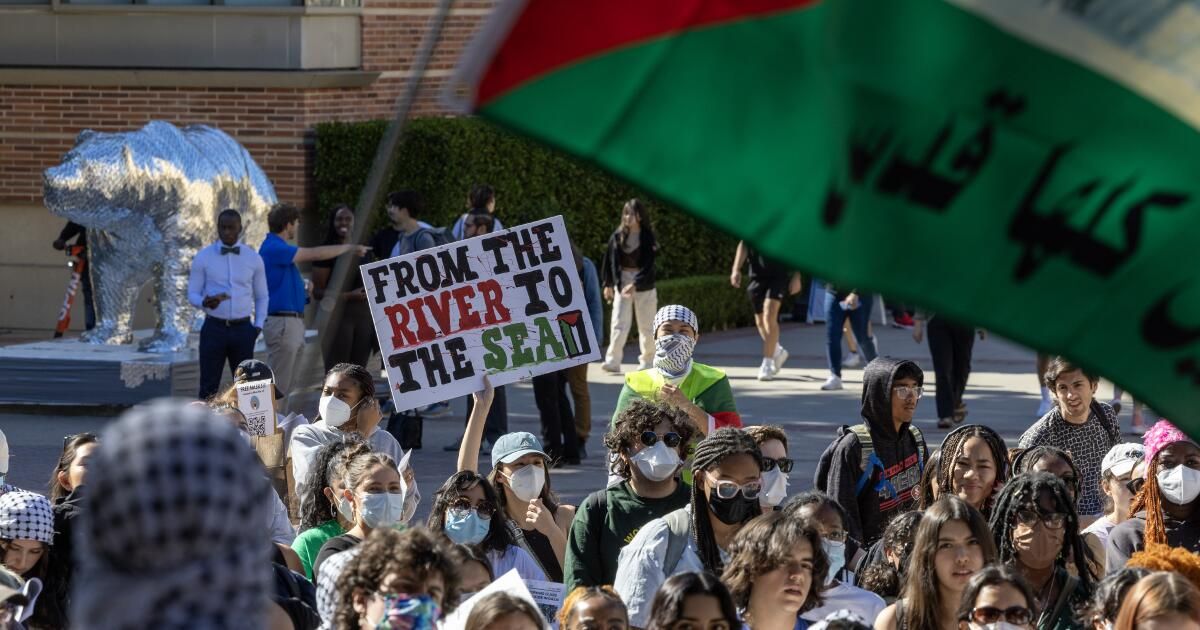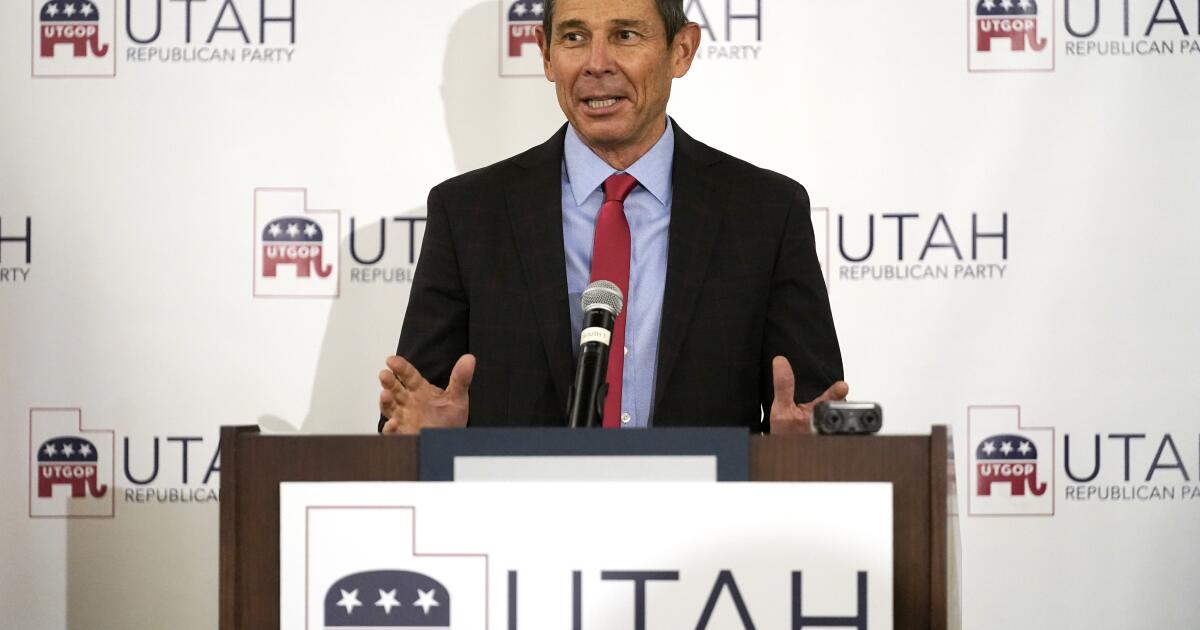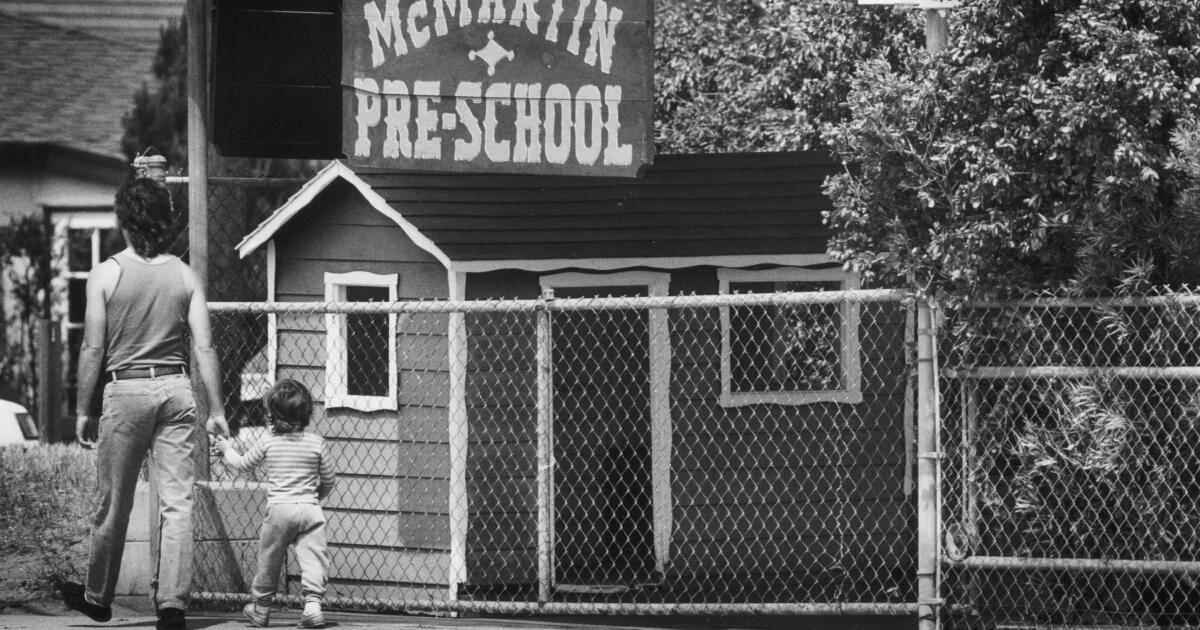After one of the most tumultuous years in the university’s modern history, this new academic year brings with it a sense of unease and even fear for students, staff, faculty and administrators. The most difficult thing about the past year was the disintegration of the covenant that binds people who attend and work at a university into a community.
The rift began on October 7, the day of Hamas’s astonishing massacre of Israeli civilians. Some students and professors at universities across the country either expressed support for the attack or refused to condemn it, leaving many Jews on campuses feeling deeply vulnerable. Then, as the Israeli military campaign began to produce thousands of casualties in Gaza, growing protests on campuses expressed strong support for the Palestinian victims. Many of the protesters (though, sadly, not all) were animated not by solidarity with Hamas, but by support for the Palestinian cause and a sincere concern for the loss of innocent life.
As we witnessed in University of California, Los Angeles (UCLA) and University of the SouthLife on campus became tense and troubled. Relationships deteriorated and openness to different perspectives evaporated. Shocked administrators lurched from one crisis to the next.
What can administrators and public officials do to prevent a repeat? We need a better way to determine what is anti-Semitic and what is not in the context of mass protests against Israel. That is the question posed by a group of academics with the aim of Nexus Projectincluding us, have recently been launched. The result is a new “A University Guide to Identifying Antisemitism in Times of Perplexity.”
The guide assumes that antisemitism is a real problem in our society. and Not all harsh criticism of Israel is anti-Semitic. In fact, political speech can be hurtful or offensive to those who strongly identify with Israel without being anti-Semitic.
Sadly, last year there were manifestations of anti-Semitism and ostracism on university campuses that created a feeling of unease among Jewish students, staff and faculty, particularly among those who strongly support Israel. Anti-Semitism must be condemned at all times.
It would be simplistic, however, to reduce the protests to a malevolent anti-Semitic campaign. Just as Jewish students have felt attacked for supporting Israel, so too have students supporting the pro-Palestine movement felt attacked for their views. They faced hostility from right-wing pro-Israel counter-protesters, deafness from university leaders, and often violent responses from law enforcement. Moreover, they were frequently accused of being anti-Semitic for their support of Palestinians and criticism of Israel, even though a notable contingent of Jews participated in the protests.
How can you tell whether a criticism of Israel is anti-Semitic or not? The guide proposes a series of questions to help determine this. First, is the criticism based on traditional anti-Semitic stereotypes, such as the idea that Jews are greedy or intent on world domination? Second, does it promote discrimination, violence and hostility against Jews simply because they are Jews? And third, does it conflate Jews with Israelis, for example by holding all Jews responsible for the actions of the State of Israel or by presuming that Jews support all of Israel’s actions unless proven otherwise?
The guide uses these questions to assess some of the terms and slogans commonly used in protests, such as “From the river to the sea,” “intifada,” “apartheid,” “genocide,” and “By any means necessary.” Are they antisemitic? The simplest answer is that it depends. But the basic hypothesis should be: No whether these words and phrases are antisemitic unless and until it can be established that they are accompanied by anti-Jewish stereotypes, animus against Jews as Jews, or a confusion of Jews and Israelis.
For example, the guide argues that the phrase “From the river to the sea” is not anti-Semitic if it proposes a single state in which all citizens, Jews and Palestinians, have equal rights. On the other hand, if the phrase is a call to eliminate Jews from the lands between the Jordan and the Mediterranean or to relegate them to second-class status, it is anti-Semitic.
It is true that determining the intent of a speech is extremely difficult. However, in the absence of evidence, one cannot assume that the speaker intended the most malignant interpretation of a slogan. One way to find out is to do something we are no longer accustomed to doing: ask the person uttering the slogan to tell us what he or she means. That kind of interaction is key to rebuilding our ability to speak across differences.
Similarly, “apartheid” is a legal term that many Jews find offensive when applied to Israel, and its applicability can be vehemently questioned. But if it is not linked to traditional anti-Jewish tropes, it is not antisemitic in itself.
These distinctions are necessary to help restore the nuance that has been lost over the years in campus debates. They can also provide essential guidance for university administrators, who feel called upon to take sides and often struggle to differentiate between legitimate political speech and anti-Semitic expression.
To regain the trust that has been eroded over the past year, we must focus on listening to different points of view and seeking to understand them, rather than rushing to judgment. We can start by adopting a new and careful way of distinguishing antisemitism from political speech that may be disturbing to some but is not fundamentally antisemitic.
David N. Myers is Distinguished Professor of Jewish History at UCLA. Nomi M. Stolzenberg is a professor at the USC Gould School of Law.












